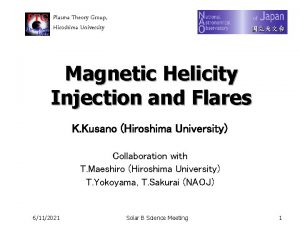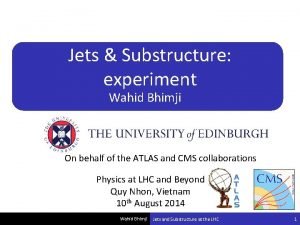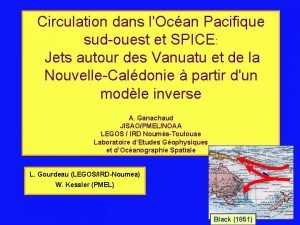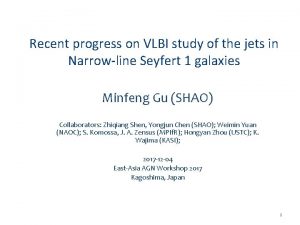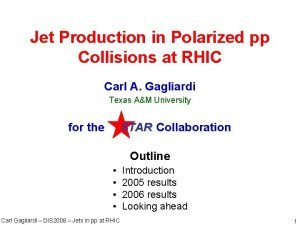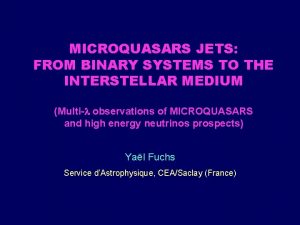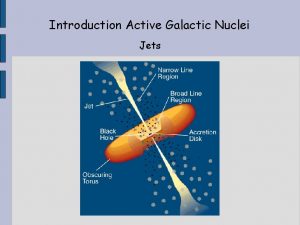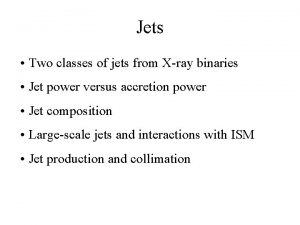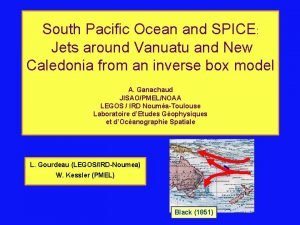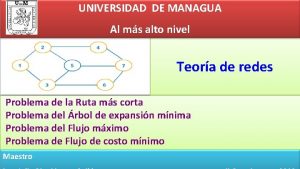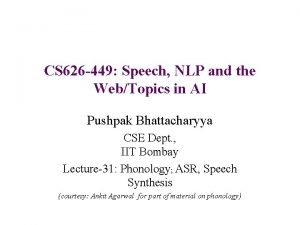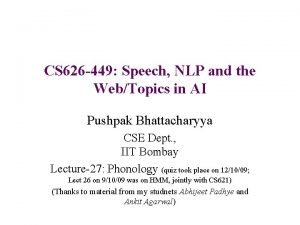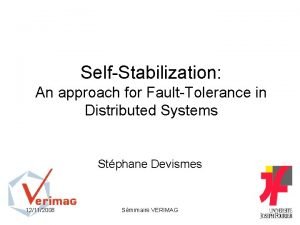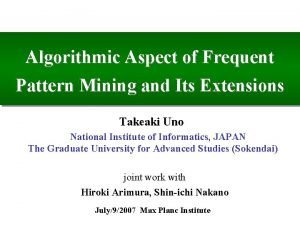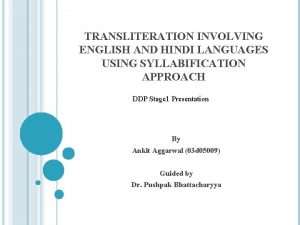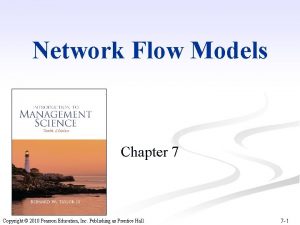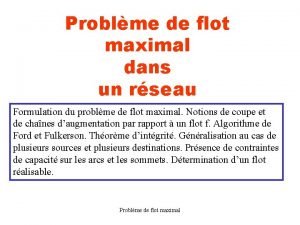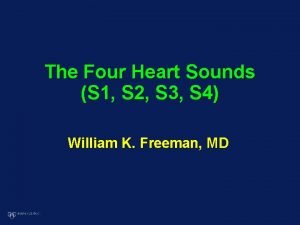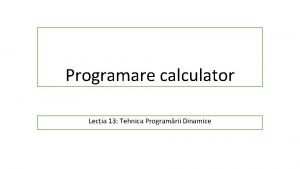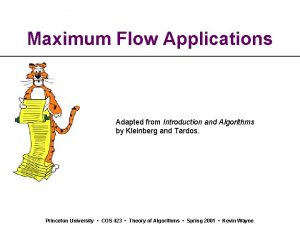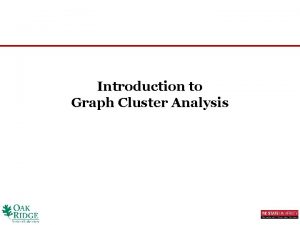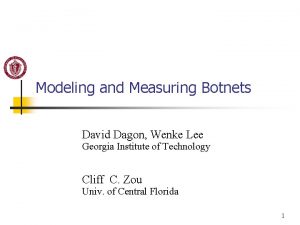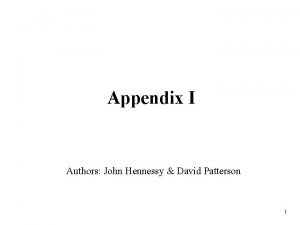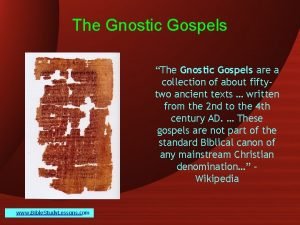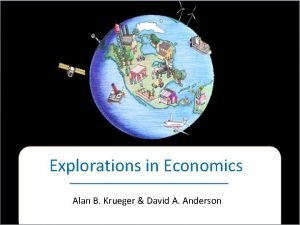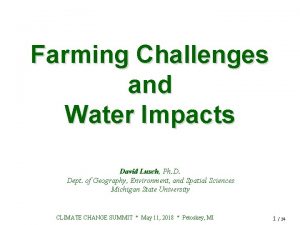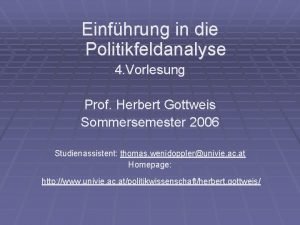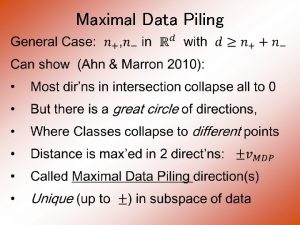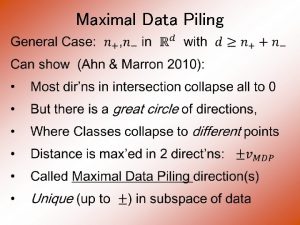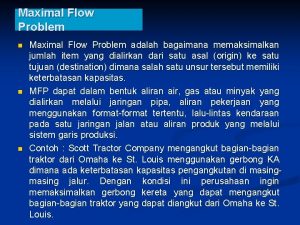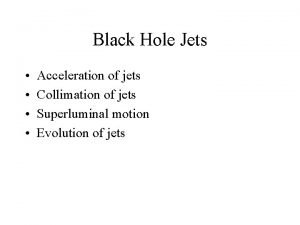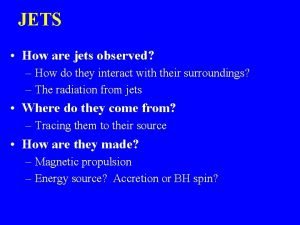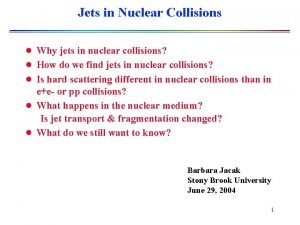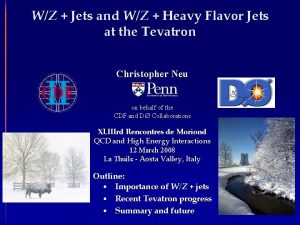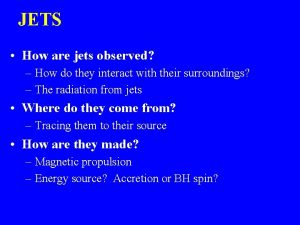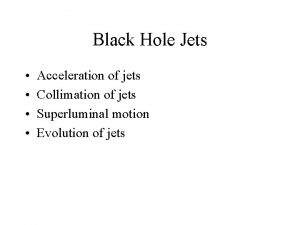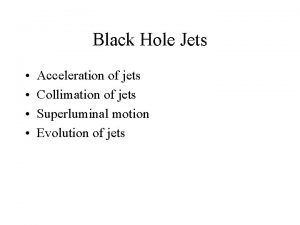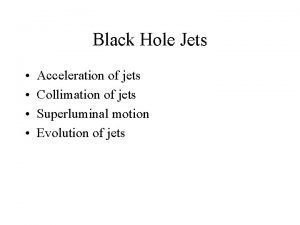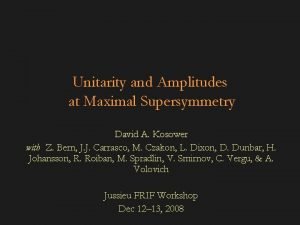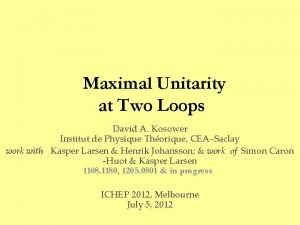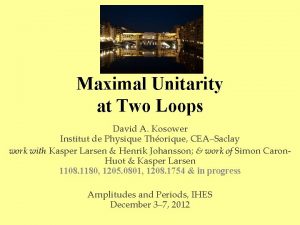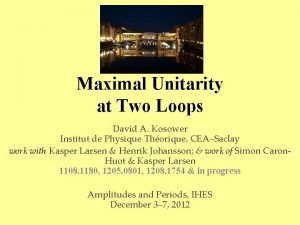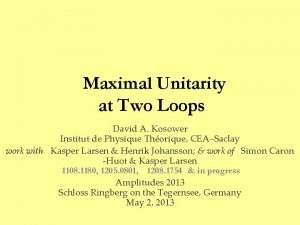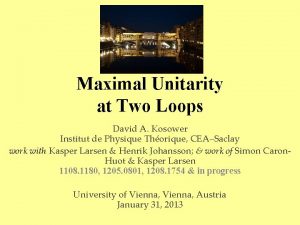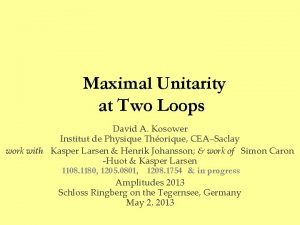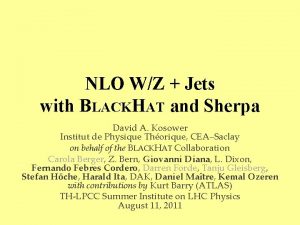From Maximal Helicity to Maximal Jets David A


































![ATLAS 7 Te. V [4. 6 fb− 1] results (Sept 2014) ATLAS 7 Te. V [4. 6 fb− 1] results (Sept 2014)](https://slidetodoc.com/presentation_image_h2/6298bd6f248f3839e1658001e7b24676/image-35.jpg)



- Slides: 38

From Maximal Helicity to Maximal Jets David A. Kosower Institut de Physique Théorique, CEA–Saclay and Institute for Advanced Study MHV @ 30 Fermilab, March 16– 19, 2015

A story that starts at • Columbia • Fermilab

Themes • Jet Physics • Amplitudes • Computability

Prehistory (< 1986) • No-one had laptops • No-one had smartphones • Almost no-one had a cell phone • There was no ar. Xiv – Institutions physically mailed preprints to each other!

Prehistory (< 1986) •



A Seed is Planted • Parke–Taylor squared amplitude (1985– 6) showed that there was something simple • Simple expressions should have a simple derivation • With the benefit of hindsight, simple expressions should have many simple derivations

• As a young postdoc, newly arrived at Columbia, what did I start doing? – Those of you who know my advisor — Howard Georgi — and his tastes in physics, can guess… • I knew nothing about QCD beyond what I’d learned in a wonderful course given by John Preskill – Because QCD, of course, was messy and at Harvard, we didn’t do messy things • I started working with a newly-arrived assistant professor, Parameswaran Nair • We derived the five-point QCD amplitude from open strings (along with a Columbia graduate student, B-H Lee) – Color ordering; “simple” single object also Mangano, Parke, Xu (1987) • Connection to perturbative string theory still going strong Stieberger & Taylor, Green & Vanhove, others; Kawai– Lewellen–Tye connection between gravity and gauge theory

• But the most fruitful thing to come out of Columbia in that period was Nair’s observation that the Parke–Taylor amplitude could be thought of as a correlator on CP 1 Nair (1988) • Fifteen years later, Edward Witten would develop it into twistor-string theory, and spark the modern Amplitudes revolution • But what I was doing wasn’t the right thing to be doing at the time


Refinements of Current Recursion •


Onward to Loops! • Thanks to a kind invitation from Jan Ambjorn, I was able to spend a month in 1987 at the Niels Bohr Institute • With Zvi Bern, we started trying to derive one-loop amplitudes in QCD from heterotic string theory • It was a long project! • A lot of elementary objections: – How can you be sure the extra string states decouple? – How can you get a beta function? ? ? String theory is finite! – You can’t get a consistent string theory with SU(N)!


In the Mean time, in Jet Physics •


Five Gluons • Fortified by having Lance Dixon join us, we set off to compute our first new result: the five-gluon amplitude • The first thing we did is to understand the integral basis, and compute integrals, in D dimensions (1993– 4) – Study of integrals & structures underlying them is still an ongoing project at higher loops – Early use of differential equations • String-based calculation (1993)


• Simple results! • Modern form: spinor products polylogs • Other subprocesses (2 q 2 g, 4 q 1 g), with friendly competition Kunszt Signer Trocsanyi (1994– 5)

Impact on Jet Algorithms •

One-Loop All-plus • Simple result at four and five points • Following in the spirit of Parke & Taylor, working with Zvi’s student Gordon Chalmers, we guessed an all-n form • Demonstrated its correctness through allowed analytic structures and collinear limits • Not a derivation • One missing ingredient: complex momenta! – Later supplied by Witten (2003) and Britto, Cachazo, Feng & Witten (2004)

All-n MHV at One Loop in SUSY With Zvi Bern, Lance Dixon, Dave Dunbar • Integral basis • Restricted set of integrals in N = 4 • First: guess based on collinear limits for N = 4 • Then: derivation from unitarity • Later: derivation for N = 1 SUSY • Analytic calculation: required symbolic manipulation • But a powerful new tool

W+4 partons • Applying the unitarity method: the artisinal era • Bern, Dixon, DAK, Weinzierl (1997– 8) • First application of generalized unitarity – Full picture would come later, from Britto, Cachazo, Feng • Computed in parallel by Glover & Campbell: accessible to traditional methods, but the balance of power was shifting – Unitarity provided digestible analytic expressions, softer spurious singularities • Matrix elements used in MCFM to compute W+2 jets Campbell & Ellis (2002)


The Twistor Surge • 2004: a new view of tree-level Yang–Mills as a twistorstring theory Witten (2003) • New people, mostly from a more formal background, coming in to look at amplitudes • Maximal unitarity for the box: a purely numerical approach is possible Britto Cachazo Feng (2004) – Coefficient is a product of trees, which could be computed using Berends–Giele recursion • On-shell methods for tree amplitudes: factorization as a calculational principle • Applicable to more general rational functions, for example purely rational parts of one-loop QCD amplitudes

NLO Revolution • Maximal unitarity picture completed – Forde (for triangles and bubbles) (2007) – by Ellis, Kunszt, Giele, & Melnikov ; and by Badger (2008) for the rational terms • Compute coefficients numerically – At integrand (OPP) or integrated level – Trees are tail ingredient: simple analytic formulae; Berends– Giele recursion; simple formulae from solving N=4 SUSY onshell recursions Dixon, Henn, Plefka, Schuster (2011) • Automation of processes – BLACKHAT for loops, SHERPA for real emission & phase space

NLO Revolution • Lots of revolutionaries roaming the world – BLACKHAT: Berger, Bern, Dixon, Febres Cordero, Forde, Gleisberg, Hoeche, Ita, DAK, Lo Presti, Maître – HELAC-NLO: Ossola, Papadopoulos, Pittau, Actis, Bevilacqua, Czakon, Draggiotis, Garzelli, van Hameren, Mastrolia, Worek & their clients – Rocket: Ellis, Giele, Kunszt, Lazopoulos, Melnikov, Zanderighi – Go. Sam/Samurai: Mastrolia, Ossola, Reiter, Tramontano, Cullen, Greiner, Heinrich, Luisoni – NJet/NGluon: Badger, Biedermann, & Uwer + Sattler & Yundin – Mad. Loop: Hirschi, Frederix, Frixione, Garzelli, Maltoni, & Pittau – Analytics: Anastasiou, Britto, Duhr, Feng, Henn – Loop-Subtraction: Weinzierl, Becker, Goetz, Reuschle

W+5 partons W+3 Jets At the Tevatron… • Third jet in W+3 jets [0907. 1984] • Reduced scale dependence at NLO • Good agreement with CDF data [0711. 4044] • Shape change small compared to LO scale variation • SISCone (Salam & Soyez) vs JETCLU


W+6 partons W+4 Jets •

7 Te. V results from CMS (March 2014) 13 years: from crazy to accomplished & compared with experiment


W+7 partons W+5 Jets Scale-uncertainty bands shrink dramatically Last jet shape is stable, harder jets have steeper spectrum at NLO Last three jet shapes look similar, just getting steeper
![ATLAS 7 Te V 4 6 fb 1 results Sept 2014 ATLAS 7 Te. V [4. 6 fb− 1] results (Sept 2014)](https://slidetodoc.com/presentation_image_h2/6298bd6f248f3839e1658001e7b24676/image-35.jpg)
ATLAS 7 Te. V [4. 6 fb− 1] results (Sept 2014)


Extrapolation to W+6 Jets

Looking ahead • NLO is now standard • The physics focus is shifting to NNLO for a broad range of processes – Two-loop technologies: maximal unitarity at integrand level & at integrated level – Infrared-cancellation technologies still ripe for development – Computation of integrals – Beginning to understand structure in systems of integrals and in integration by parts: generating vectors which avoid doubled propagators [1009. 0472] provide geometric insight into the systems — Ita [1510. 05626] and Larsen and Zhang [1511. 01071] give the first geometric interpretation of IBP relations • The pace will be faster between now and MHV @ 50!
 Magnetic helicity
Magnetic helicity Jets
Jets Spice jets
Spice jets Black hole jets
Black hole jets Jets
Jets Jets
Jets Jets
Jets Jets
Jets Spice jets
Spice jets Maximal flow
Maximal flow Webtopings
Webtopings Webtopings
Webtopings Point of maximal impulse
Point of maximal impulse Maximal independent set
Maximal independent set Maximal and closed frequent itemsets
Maximal and closed frequent itemsets Maximum onset principle
Maximum onset principle Maximal heart rate
Maximal heart rate Lsvt big maximal daily exercises
Lsvt big maximal daily exercises Maximal flow
Maximal flow Flot maximal
Flot maximal S3gallop
S3gallop Maximal heart rate
Maximal heart rate Maximal and closed frequent itemsets
Maximal and closed frequent itemsets Subsir comun maximal
Subsir comun maximal Matching graph theory
Matching graph theory Maximal clique
Maximal clique Maximal 4 udžbenik
Maximal 4 udžbenik David alfaro siqueiros nueva resurrección
David alfaro siqueiros nueva resurrección Nbotnet
Nbotnet David gurník
David gurník David klingen
David klingen John hennessy and david patterson
John hennessy and david patterson Gnostic gospels summary
Gnostic gospels summary Who is she
Who is she David zublick
David zublick David lusch
David lusch David easton systemtheorie
David easton systemtheorie David baudry
David baudry Charsimatic
Charsimatic
